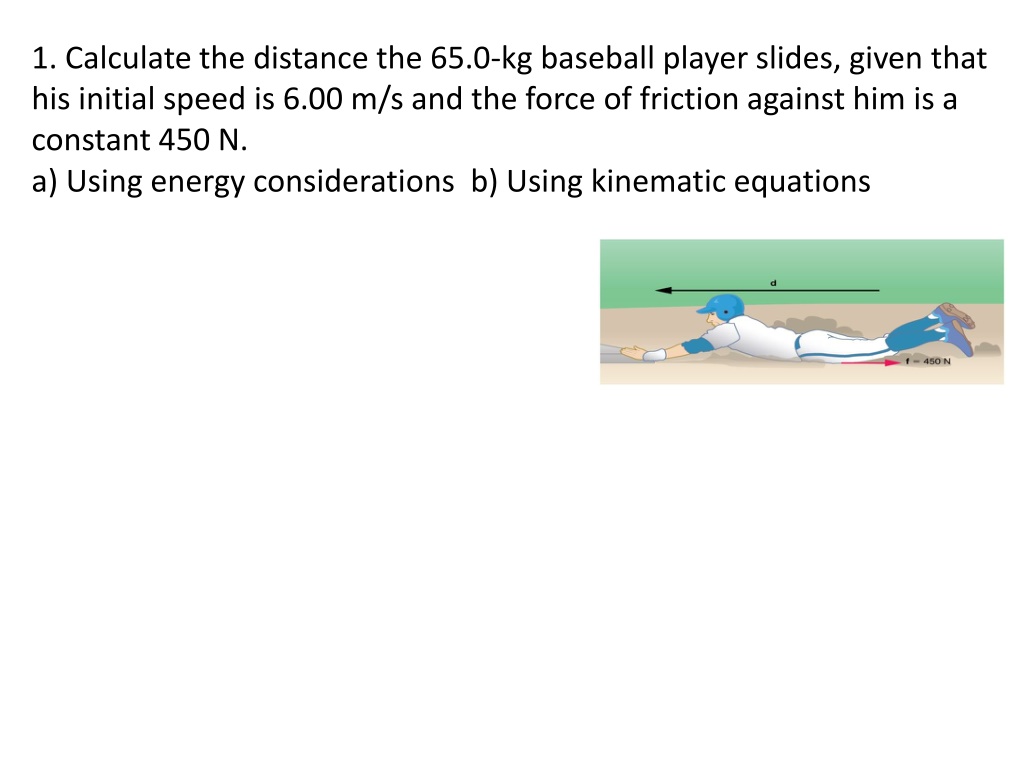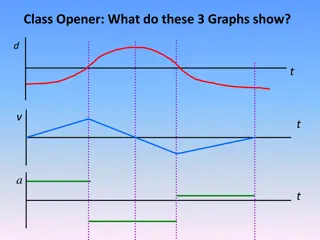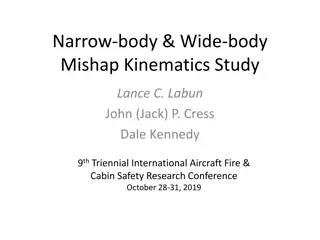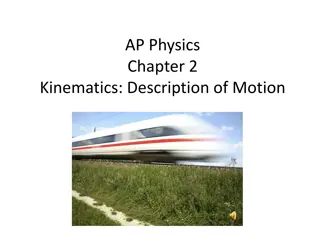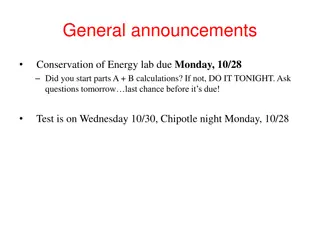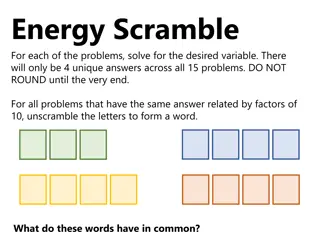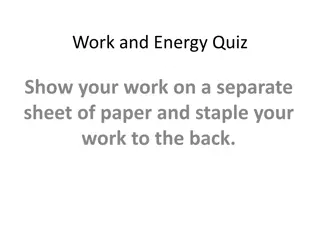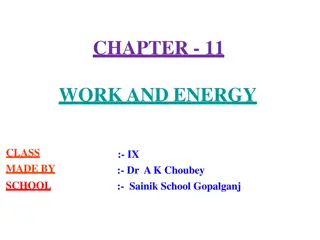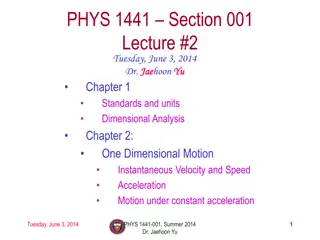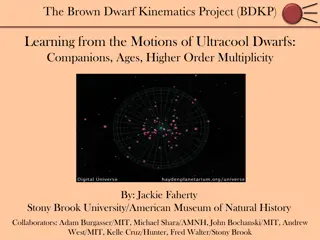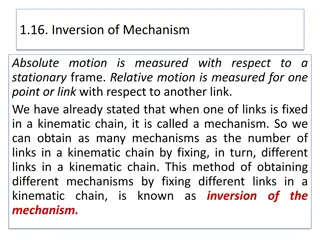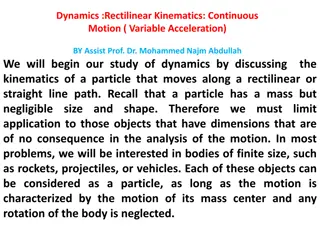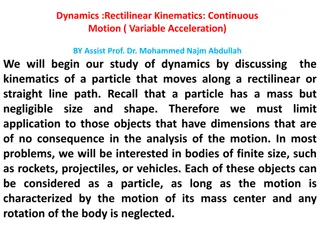Physics Problems: Energy, Kinematics, and Work
Calculate the distance a baseball player slides using energy considerations and kinematic equations. Determine the initial speed of a gymnast on a trampoline, find the speed at which a motorcyclist strikes the ground after a jump, and analyze speed changes in ideal roller coaster scenarios. Explore the effects of non-conservative forces on work done during the descent of a roller coaster, considering friction. Dive into various physics problems involving energy, motion, and forces.
Download Presentation

Please find below an Image/Link to download the presentation.
The content on the website is provided AS IS for your information and personal use only. It may not be sold, licensed, or shared on other websites without obtaining consent from the author. Download presentation by click this link. If you encounter any issues during the download, it is possible that the publisher has removed the file from their server.
E N D
Presentation Transcript
1. Calculate the distance the 65.0-kg baseball player slides, given that his initial speed is 6.00 m/s and the force of friction against him is a constant 450 N. a) Using energy considerations b) Using kinematic equations
A Gymnast on a Trampoline A gymnast springs vertically upward from a trampoline. The gymnast leaves the trampoline at a height of 1.20 m and reaches a maximum height of 4.80 m before falling back down. All heights are measured with respect to the ground. Ignoring air resistance, determine the initial speed v0 with which the gymnast leaves the trampoline.
A Daredevil Motorcyclist A motorcyclist is trying to leap across the canyon shown in Figure by driving horizontally off the cliff at a speed of 38.0 m/s. Ignoring air resistance, find the speed with which the cycle strikes the ground on the other side.
Roller Coaster (Ideal) The ride includes a vertical drop of 93.5 m. The coaster has a speed of 3.0 m/s at the top of the drop. Neglect friction and find the speed of the riders at the bottom.
Non-conservative Forces and the Work Energy Theorem In the roller coaster example, we ignored non-conservative forces, such as friction. In reality, however, such forces are present when the roller coaster descends. The actual speed of the riders at the bottom is 41.0 m/s. Assuming again that the coaster has a speed of 3.0 m/s at the top, find the work done by non-conservative forces on a 55.0-kg rider during the descent.
